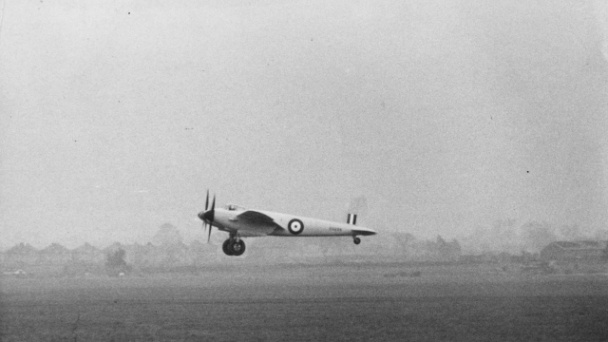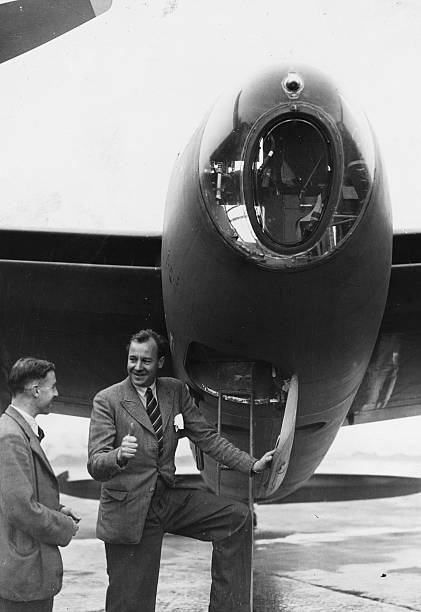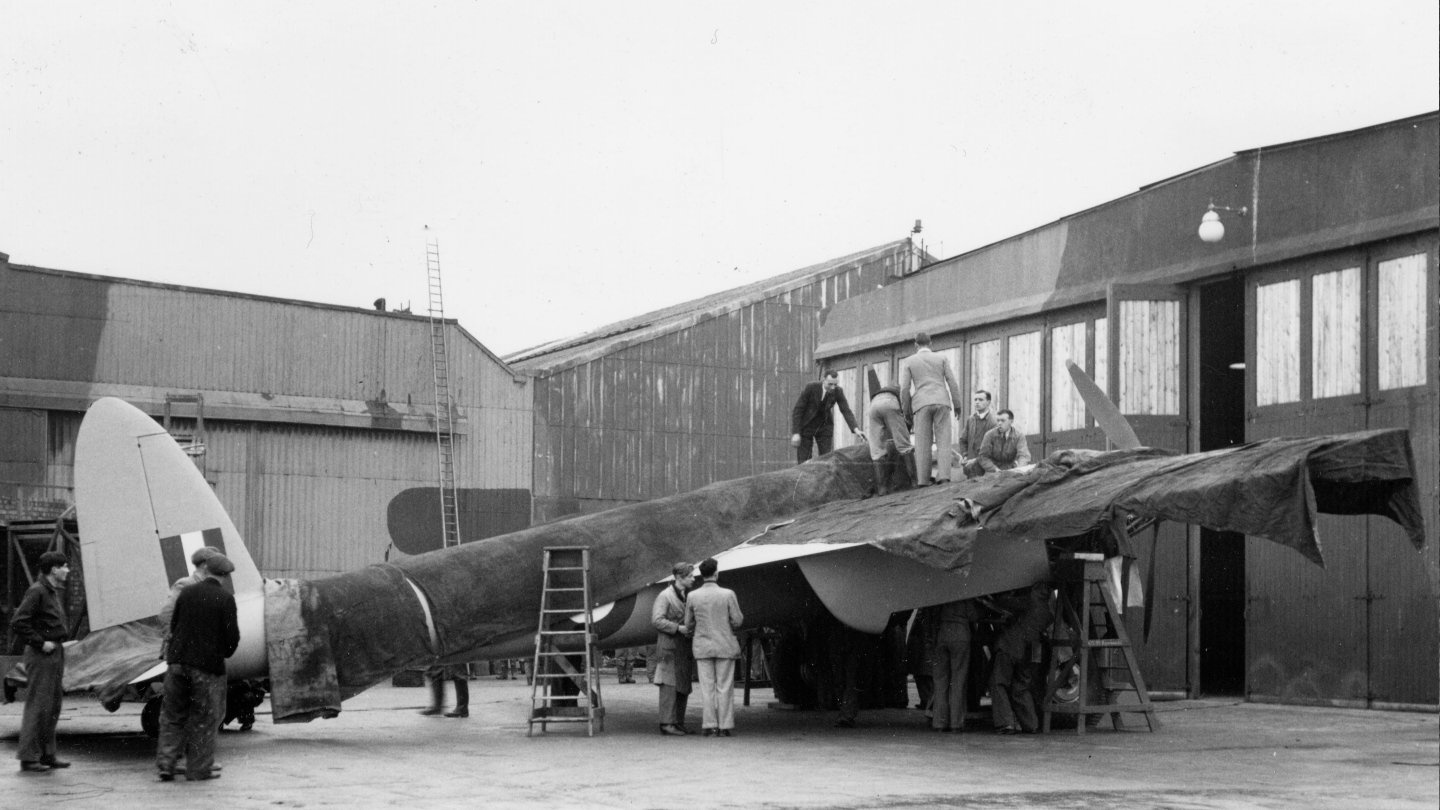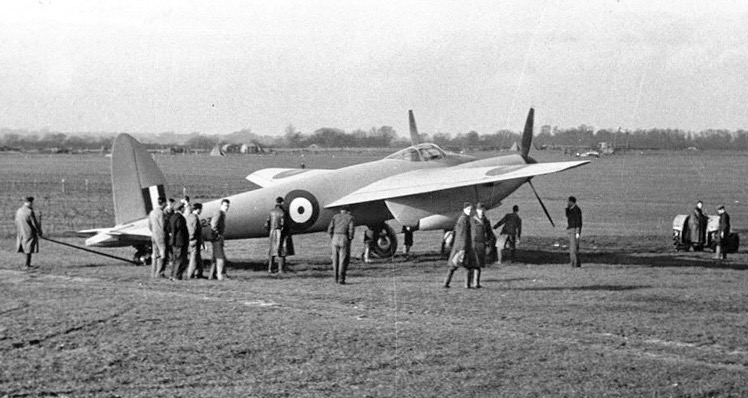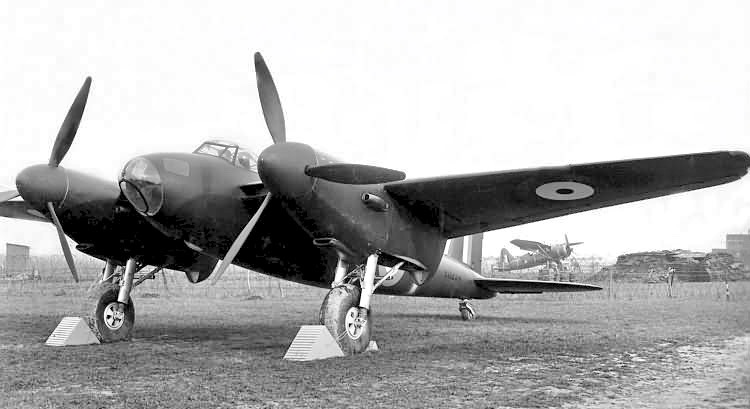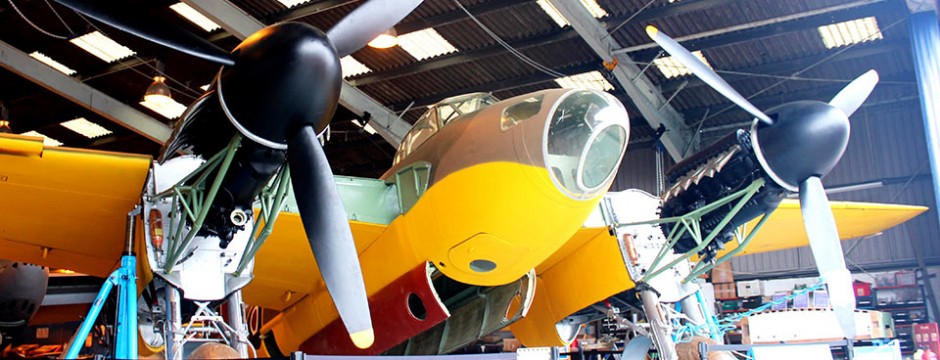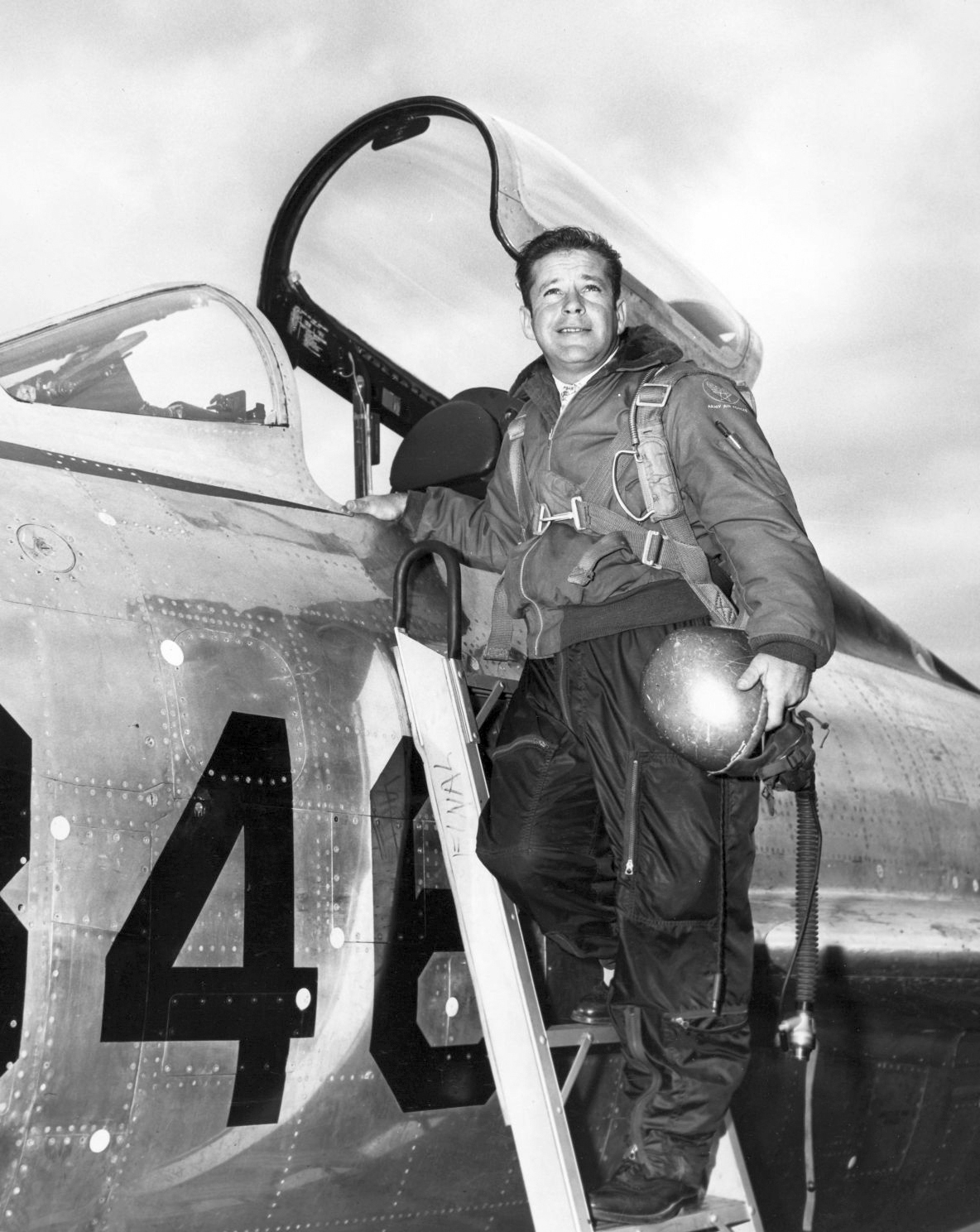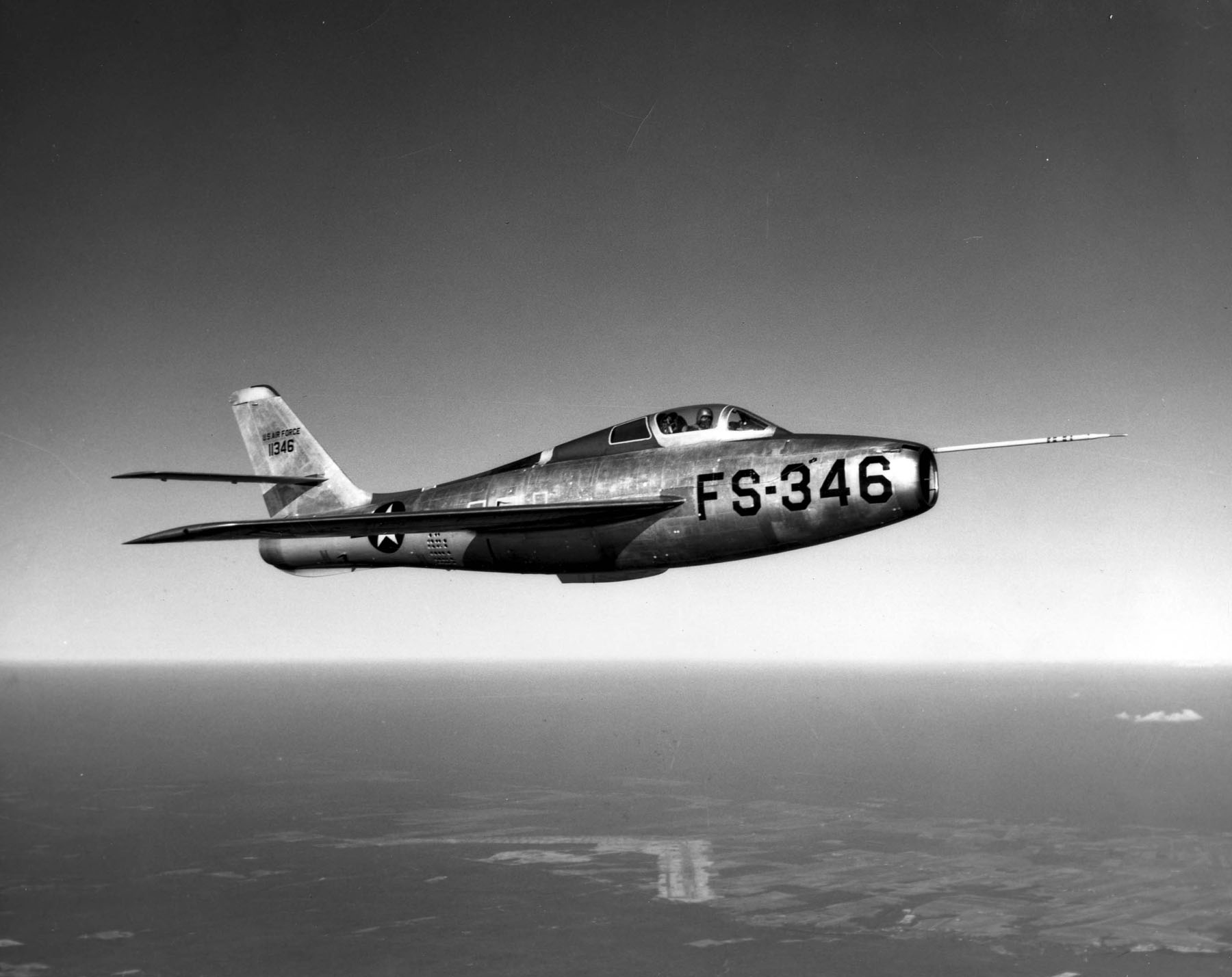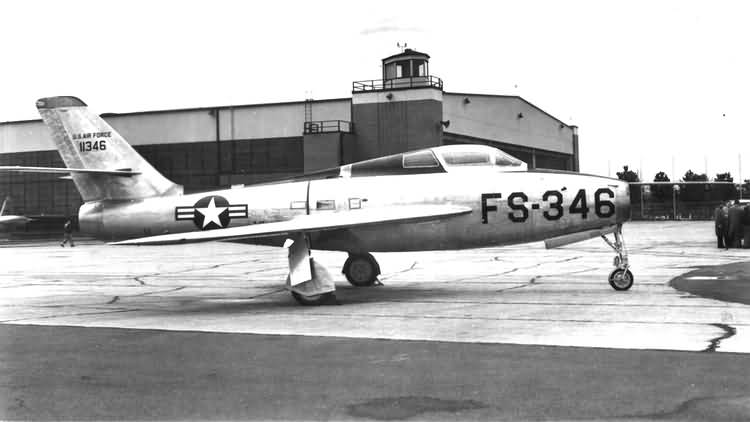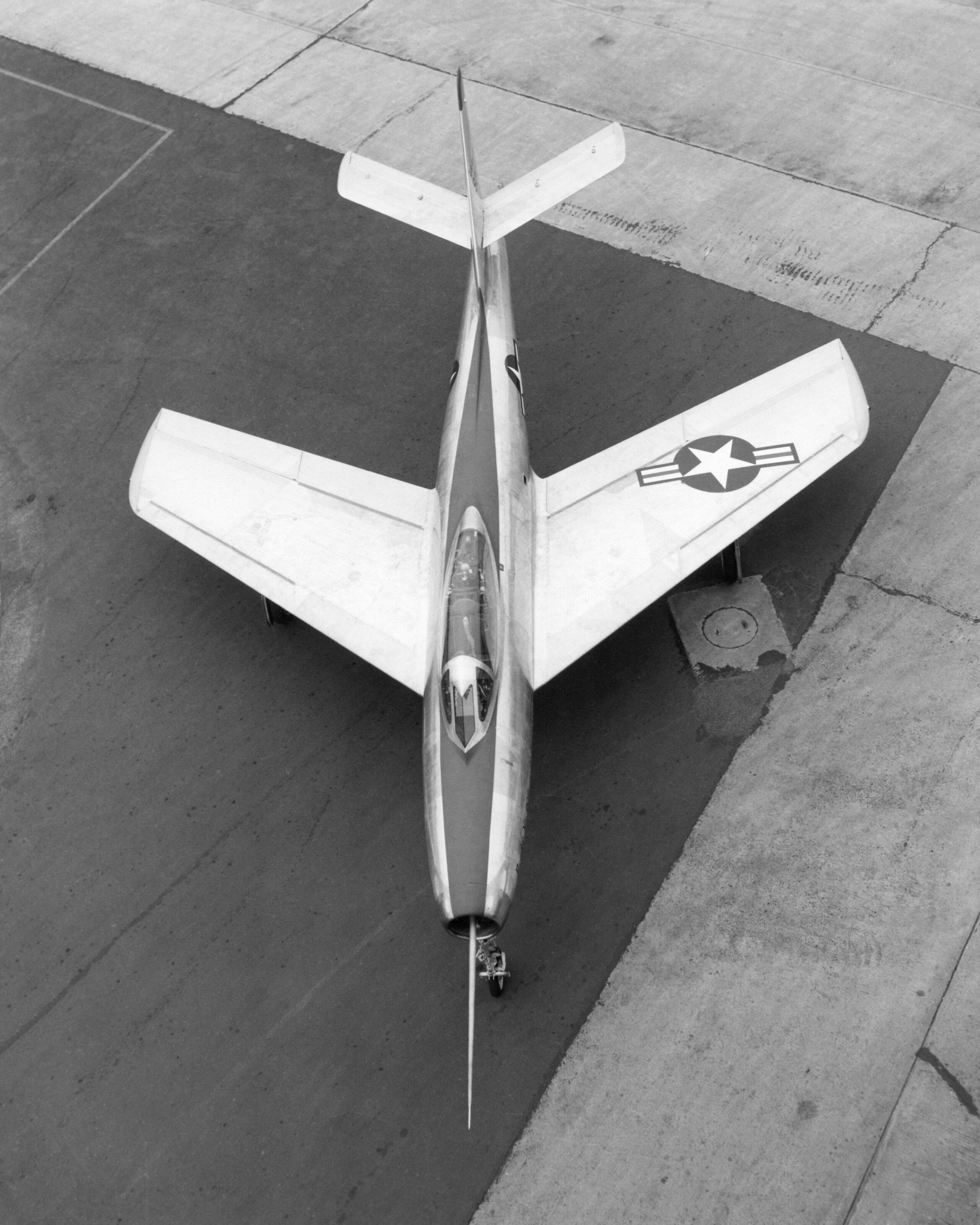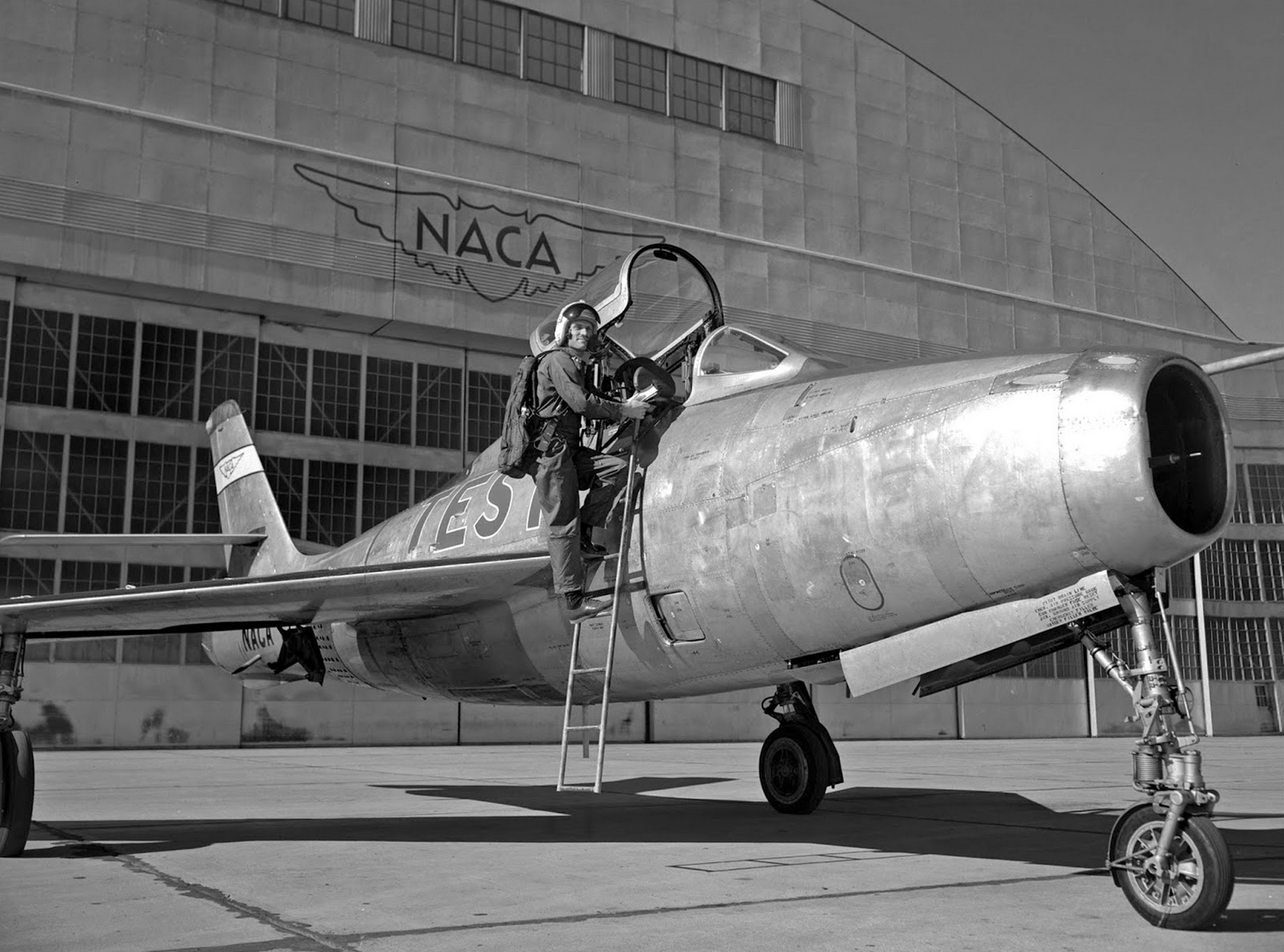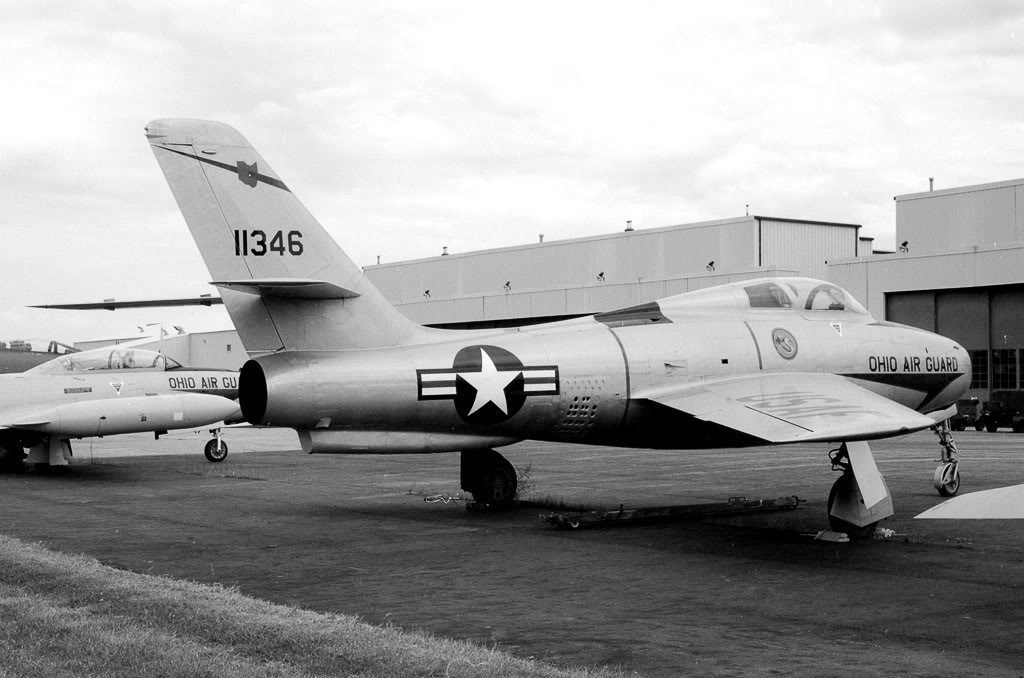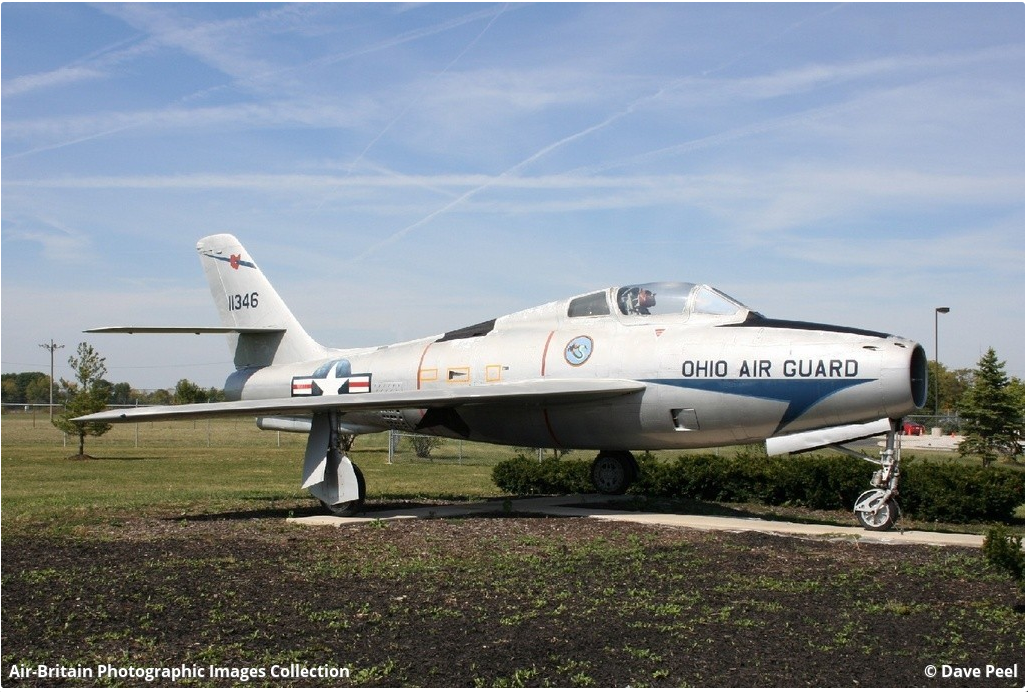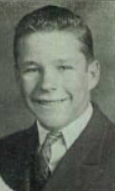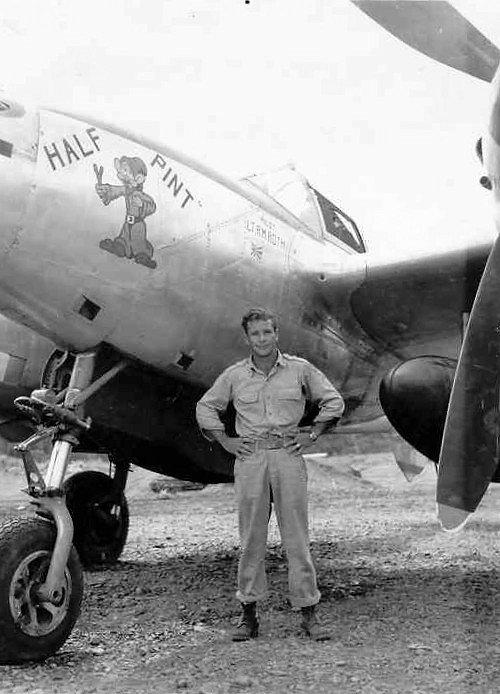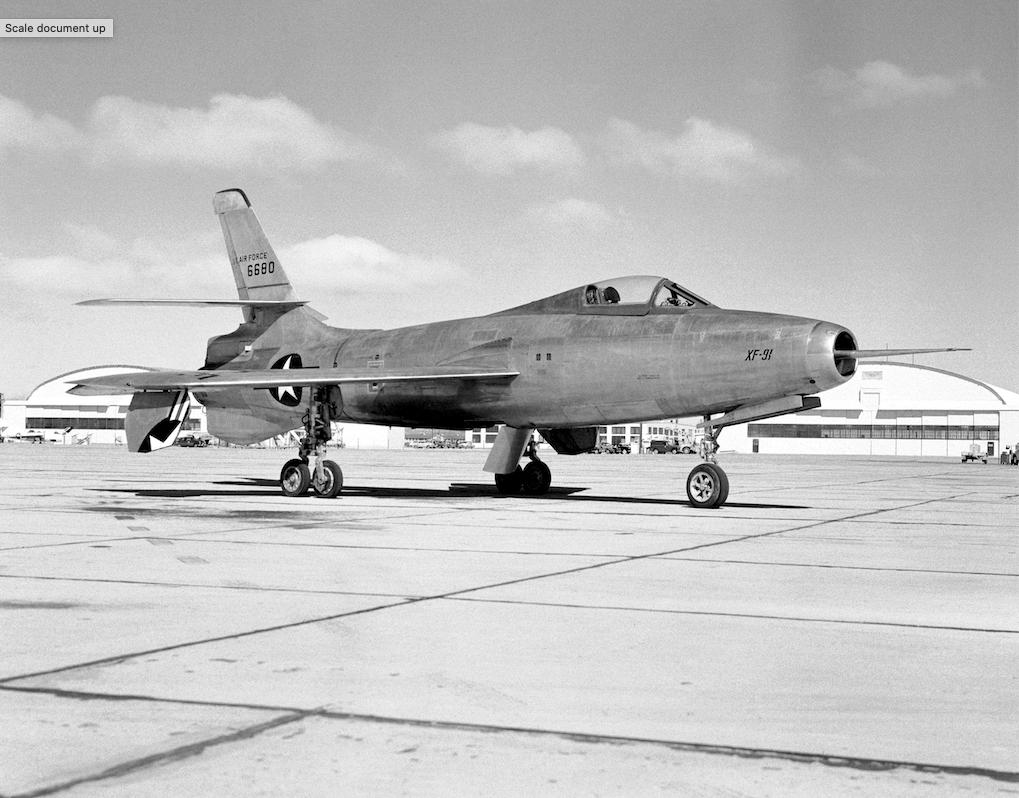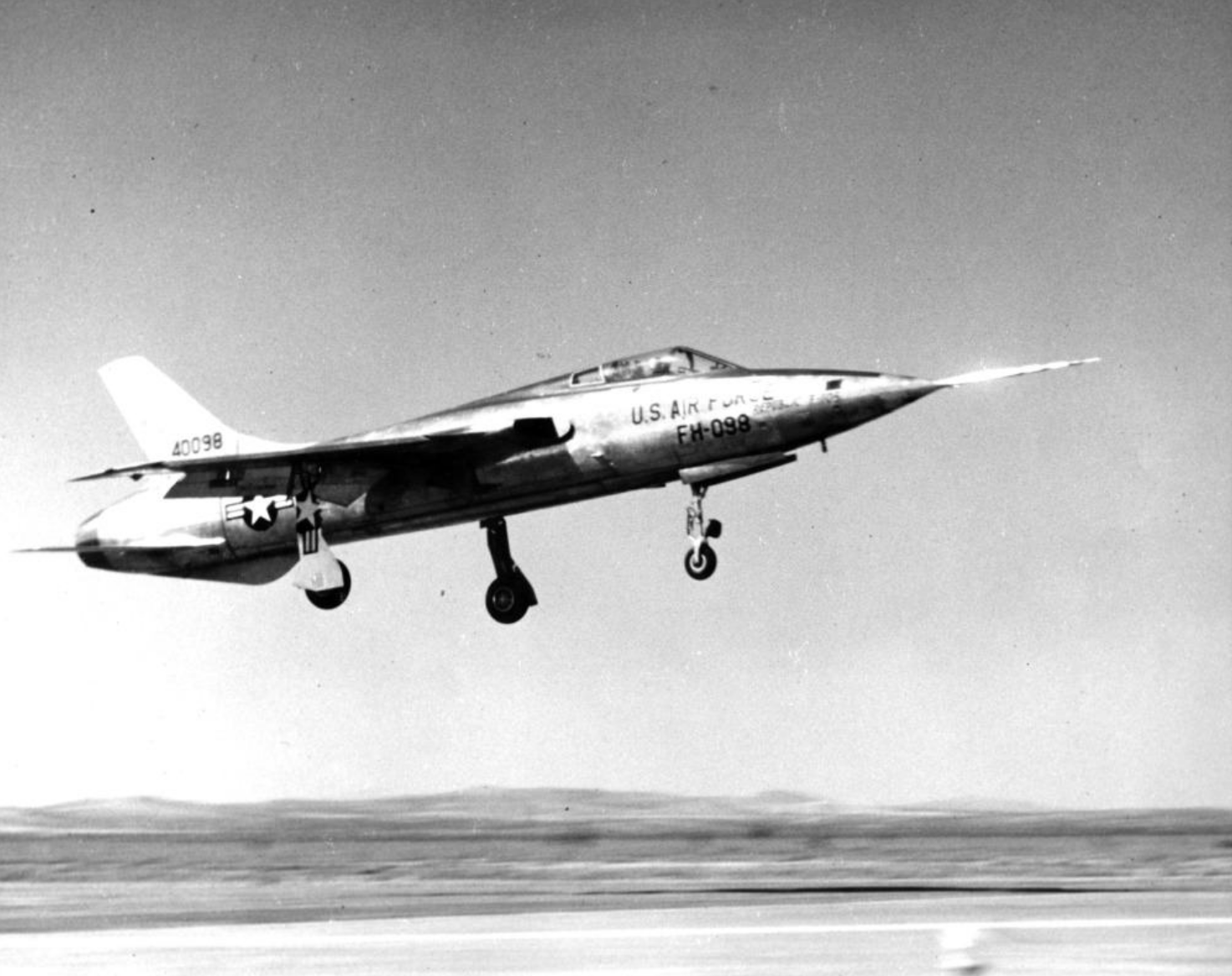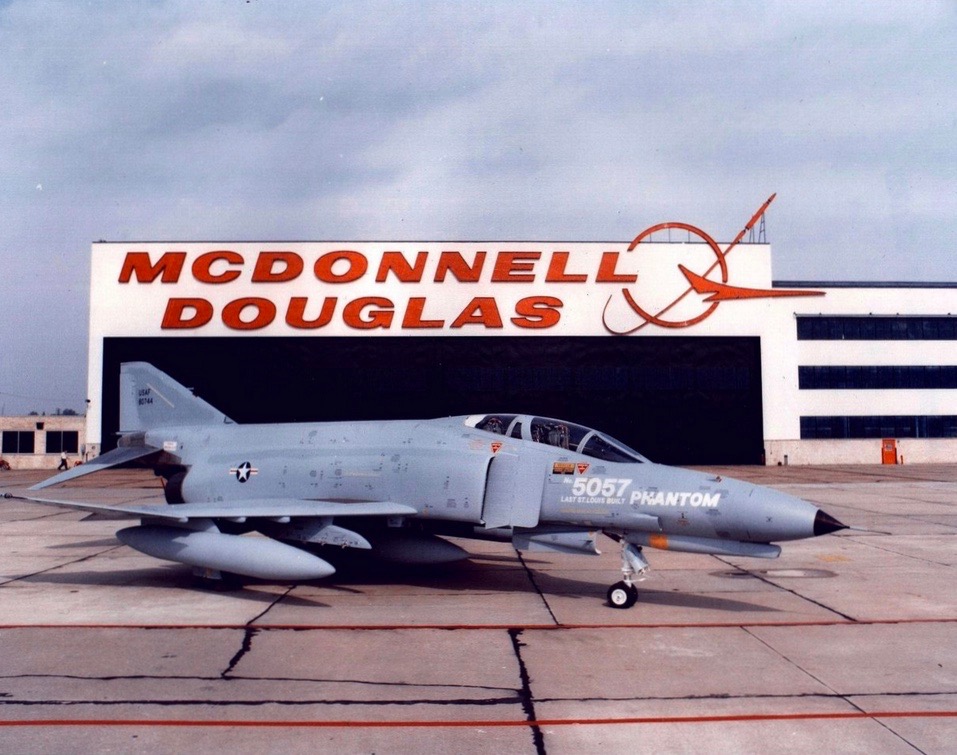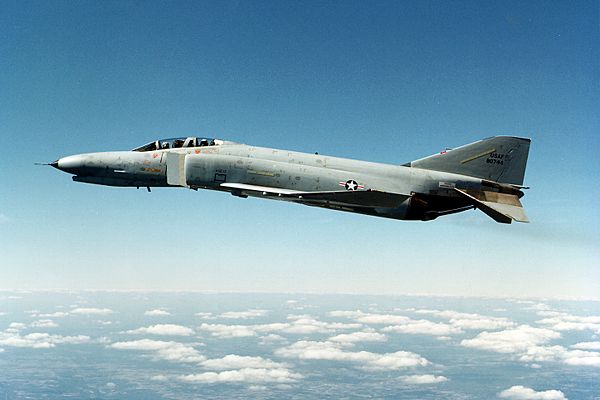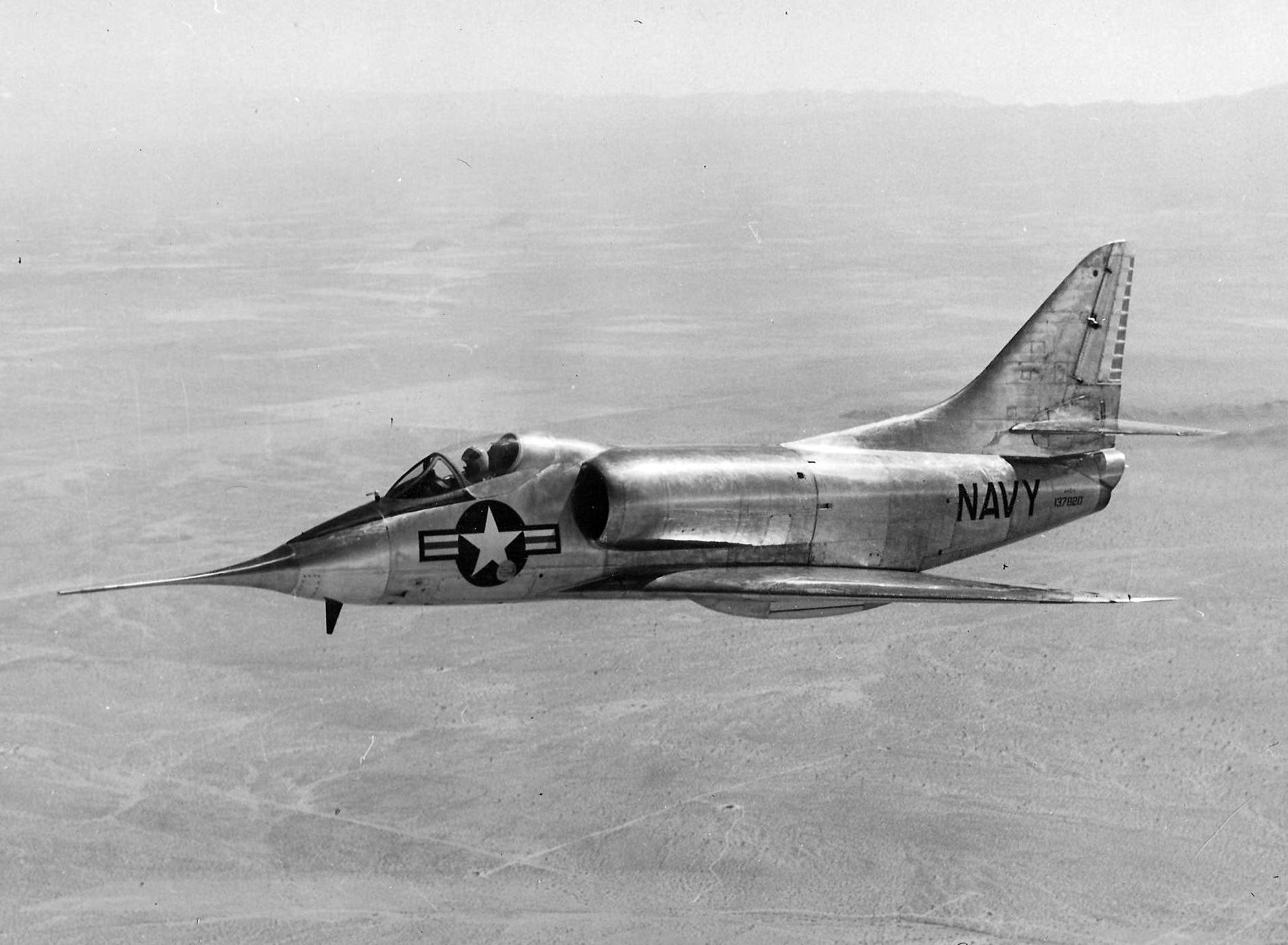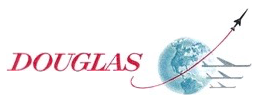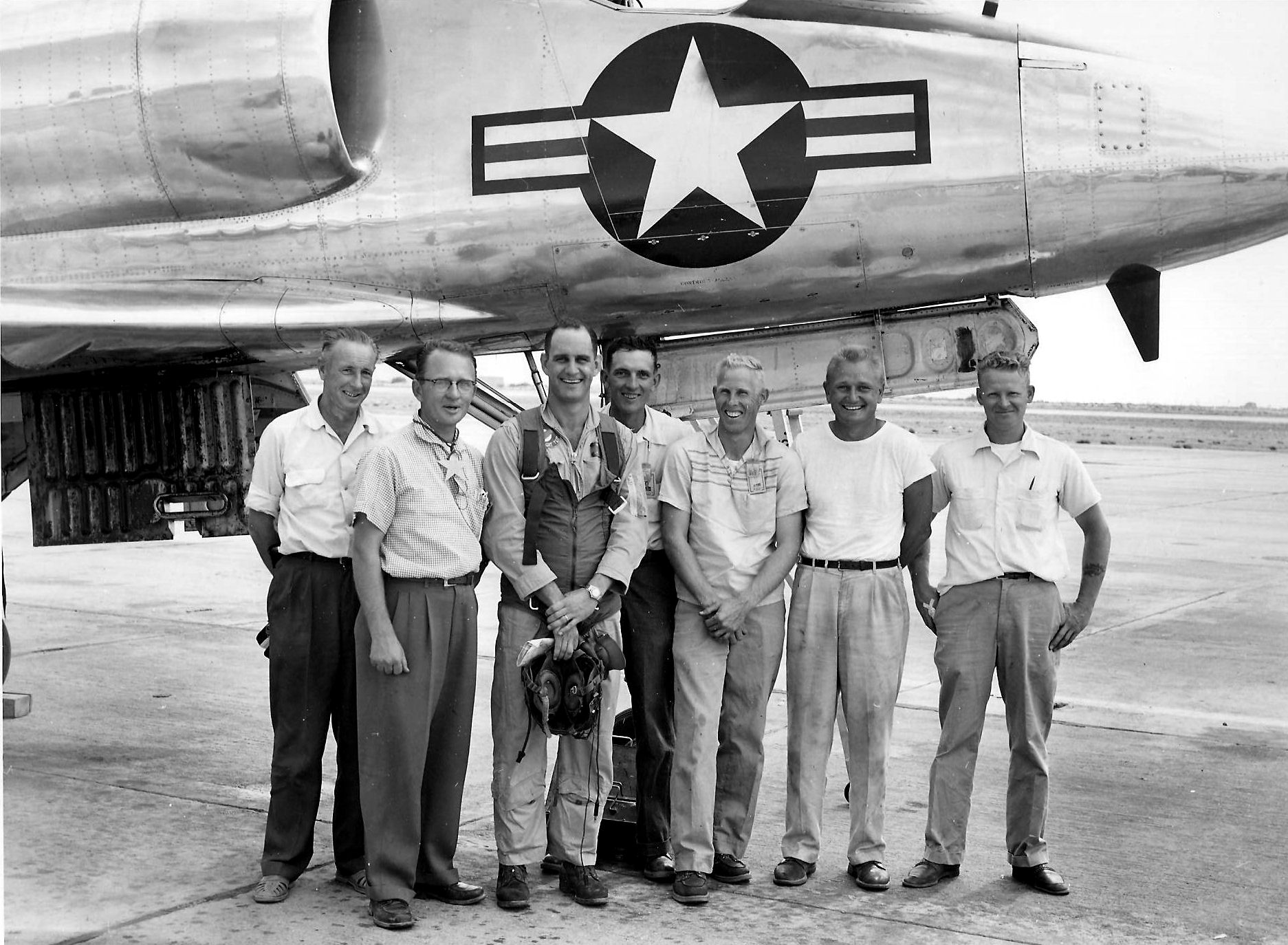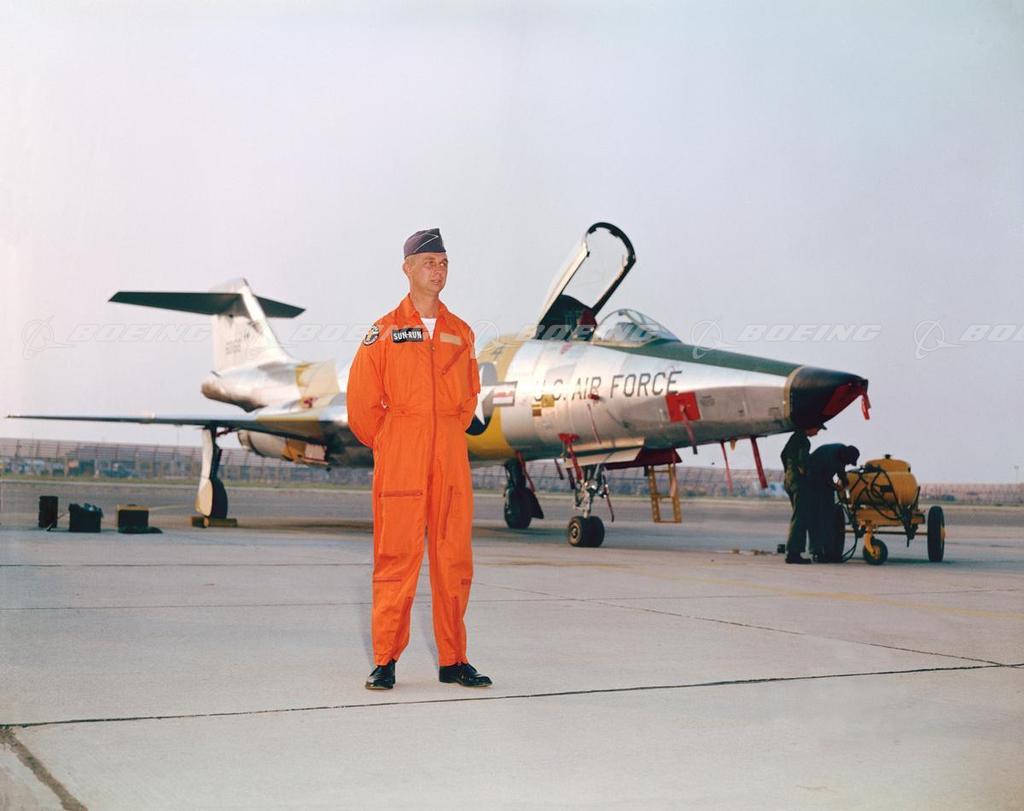
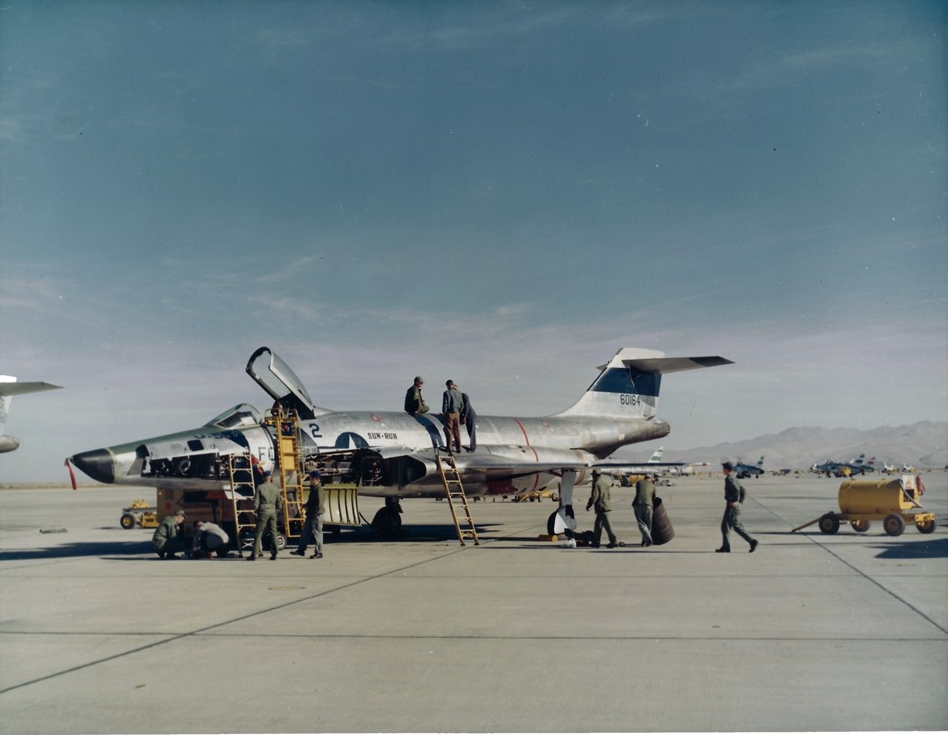
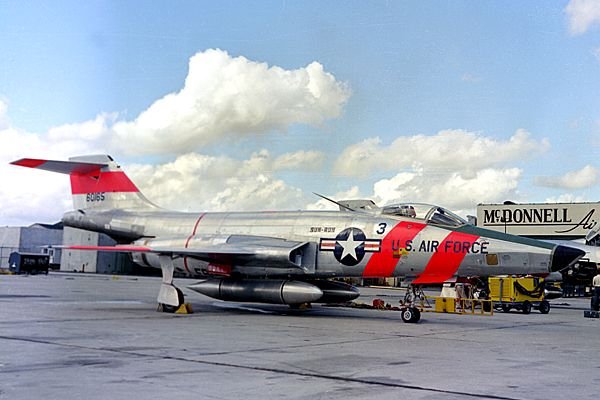
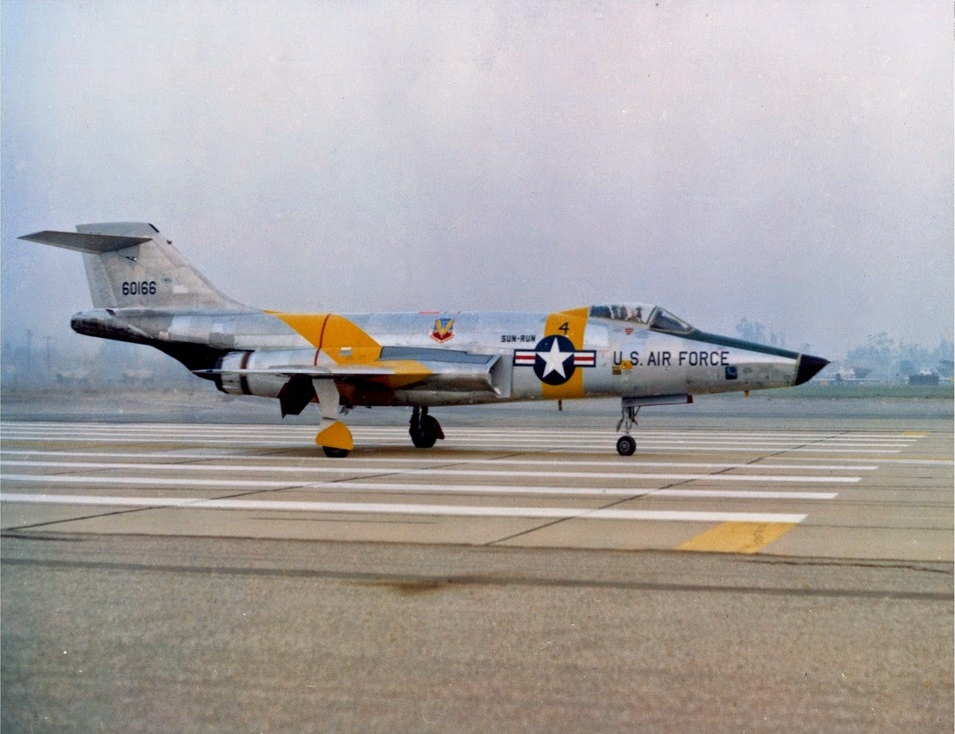
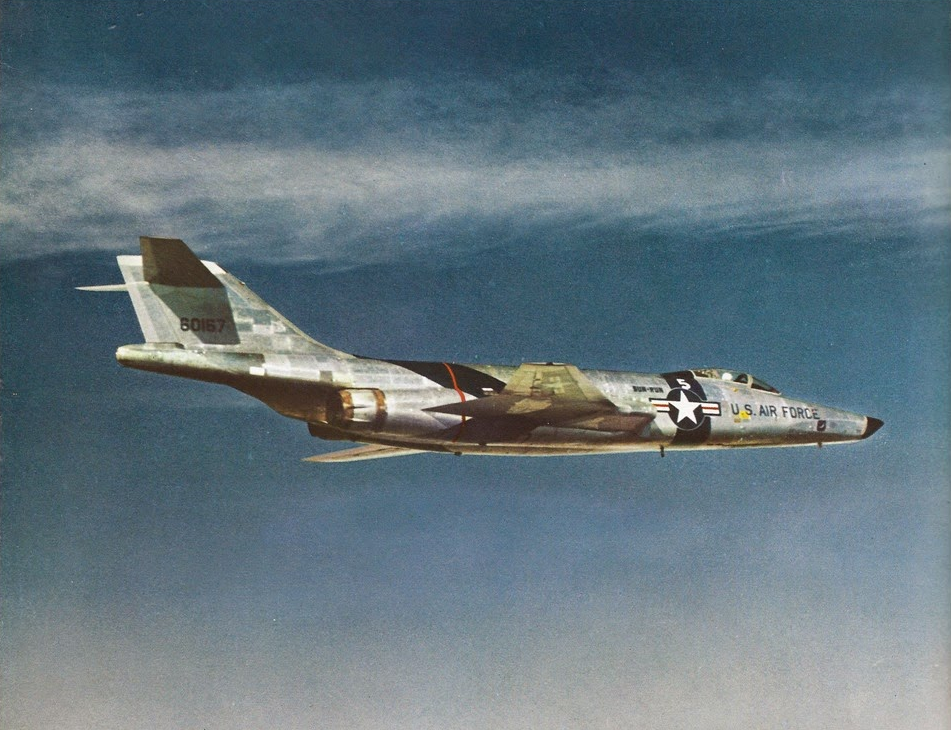
27 November 1957: “Four U.S. Air Force pilots of the 363rd Tactical Reconnaissance Wing successfully completed Operation Sun Run by establishing three new transcontinental speed records in a McDonnell RF-101C aircraft. The record-breaking mission showcased the speed and range of the RF-101C, an improved version of the first supersonic photo reconnaissance aircraft, the RF-101A.
“Operation Sun Run called for six RF-101C aircraft — two to fly round-trip from Los Angeles to New York and back again, two for the one-way flight from Los Angeles to New York, and two for backups if problems arose with the four primary aircraft. The undertaking required massive coordination of aircraft crews and radar and weather stations from coast to coast.
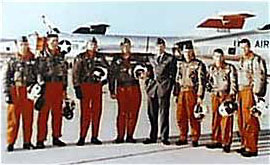
“Six pilots of the 17th and 18th Tactical Reconnaissance Squadrons of the 363rd Tactical Reconnaissance Wing were chosen for Operation Sun Run. Each prepared for the round-trip flight, since they would not know which flight they were assigned until a few days before the operation. All six pilots had extensive experience in photo reconnaissance aircraft, although the RF-101 was relatively new to Tactical Air Command.
“The success of Operation Sun Run also depended on the performance of the newly available KC-135 Stratotanker, the USAF’s first jet tanker. The KC-135’s speed allowed the RF-101s to refuel at an altitude of 35,000 feet and a speed of Mach 0.8. Crews from Strategic Air Command and Air Force Research and Development Command prepared for the 26 refuelings the Operation Sun Run RF-101Cs would require.
“At 6:59 a.m., 27 November 1957, Capt. Ray Schrecengost took off from Ontario International Airport near Los Angeles on the first RF-101C round-trip flight of Operation Sun Run. Next into the air were Capt. Robert Kilpatrick on his one-way flight and Capt. Donald Hawkins, flying back-up. Capt. Hawkins followed until the first refueling was complete, and then flew to March Air Force Base, Calif. At 7:50 a.m., Capt. Robert Sweet took off on the second round-trip flight. Lt. Gustav Klatt followed, beginning his one-way trip. Their backup, Capt. Robert Burkhart, also flew to March Air Force Base after the first successful refueling.
“All four RF-101C pilots easily surpassed the previous speed records and established new ones. The new Los Angeles to New York record was established by Lt. Klatt, at 3 hours, 7 minutes and 43.63 seconds. Capt. Sweet set the round-trip record, at a time of 6 hours, 46 minutes and 36.21 seconds, and the New York to Los Angeles record, at a time of 3 hours, 36 minutes and 32.33 seconds.”
— Fact Sheets: Operation Sun Run, National Museum of the United States Air Force
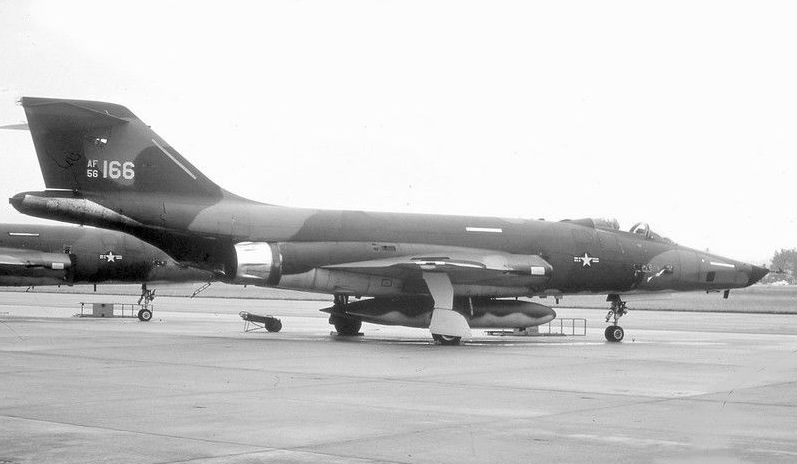
![]() The McDonnell RF-101C Voodoo was an unarmed reconnaissance variant of the F-101C fighter. It was 69 feet, 4 inches (21.133 meters) long with a wingspan of 39 feet, 8 inches (12.090 meters). The height was 18 feet (5.486 meters). Empty weight for the RF-101C was 26,136 pounds (11,855 kilograms), with a maximum takeoff weight of 51,000 pounds (23,133 kilograms).
The McDonnell RF-101C Voodoo was an unarmed reconnaissance variant of the F-101C fighter. It was 69 feet, 4 inches (21.133 meters) long with a wingspan of 39 feet, 8 inches (12.090 meters). The height was 18 feet (5.486 meters). Empty weight for the RF-101C was 26,136 pounds (11,855 kilograms), with a maximum takeoff weight of 51,000 pounds (23,133 kilograms).
 The RF-101C was powered by two Pratt & Whitney J57-P-13 turbojet engines. The J57 was a two-spool axial-flow turbojet which had a 16-stage compressor (9 low- and 7 high-pressure stages), and a 3-stage turbine (1 high- and 2 low-pressure stages). The J57-P-13 maximum continuous power rating of 8,700 pounds of thrust (38.70 kilonewtons); military power, 10,200 pounds (45.37 kilonewtons) (30-minute limit); and 15,000 pounds (66.72 kilonewtons) with afterburner (5 minute limit). The -P-13 was 3 feet, 4.3 inches (1.024 meters) in diameter, 17 feet, 7.0 inches (5.359 meters) long, and weighed 5,025 pounds (2,279 kilograms).
The RF-101C was powered by two Pratt & Whitney J57-P-13 turbojet engines. The J57 was a two-spool axial-flow turbojet which had a 16-stage compressor (9 low- and 7 high-pressure stages), and a 3-stage turbine (1 high- and 2 low-pressure stages). The J57-P-13 maximum continuous power rating of 8,700 pounds of thrust (38.70 kilonewtons); military power, 10,200 pounds (45.37 kilonewtons) (30-minute limit); and 15,000 pounds (66.72 kilonewtons) with afterburner (5 minute limit). The -P-13 was 3 feet, 4.3 inches (1.024 meters) in diameter, 17 feet, 7.0 inches (5.359 meters) long, and weighed 5,025 pounds (2,279 kilograms).
The aircraft had a maximum speed of 879 knots (1,012 miles per hour/1,629 kilometers per hour) at 35,000 feet (10,668 meters)—Mach 1.53. The service ceiling was 49,600 feet (15,118 meters). The Voodoo could carry up to three drop tanks, giving a total fuel capacity of 3,150 gallons (11,294 liters) and a maximum range of 1,864 nautical miles (2,145 statute miles/3,452 kilometers).
The RF-101C was unarmed. It carried six cameras in its nose. Two Fairchild KA-1s were aimed downward, with four KA-2s facing forward, down and to each side.
Beginning in 1954, McDonnell Aircraft Corporation built 807 F-101 Voodoos. 166 of these were the RF-101C variant. This was the only F-101 Voodoo variant to be used in combat during the Vietnam War. The RF-101C remained in service with the U.S. Air Force until 1979.
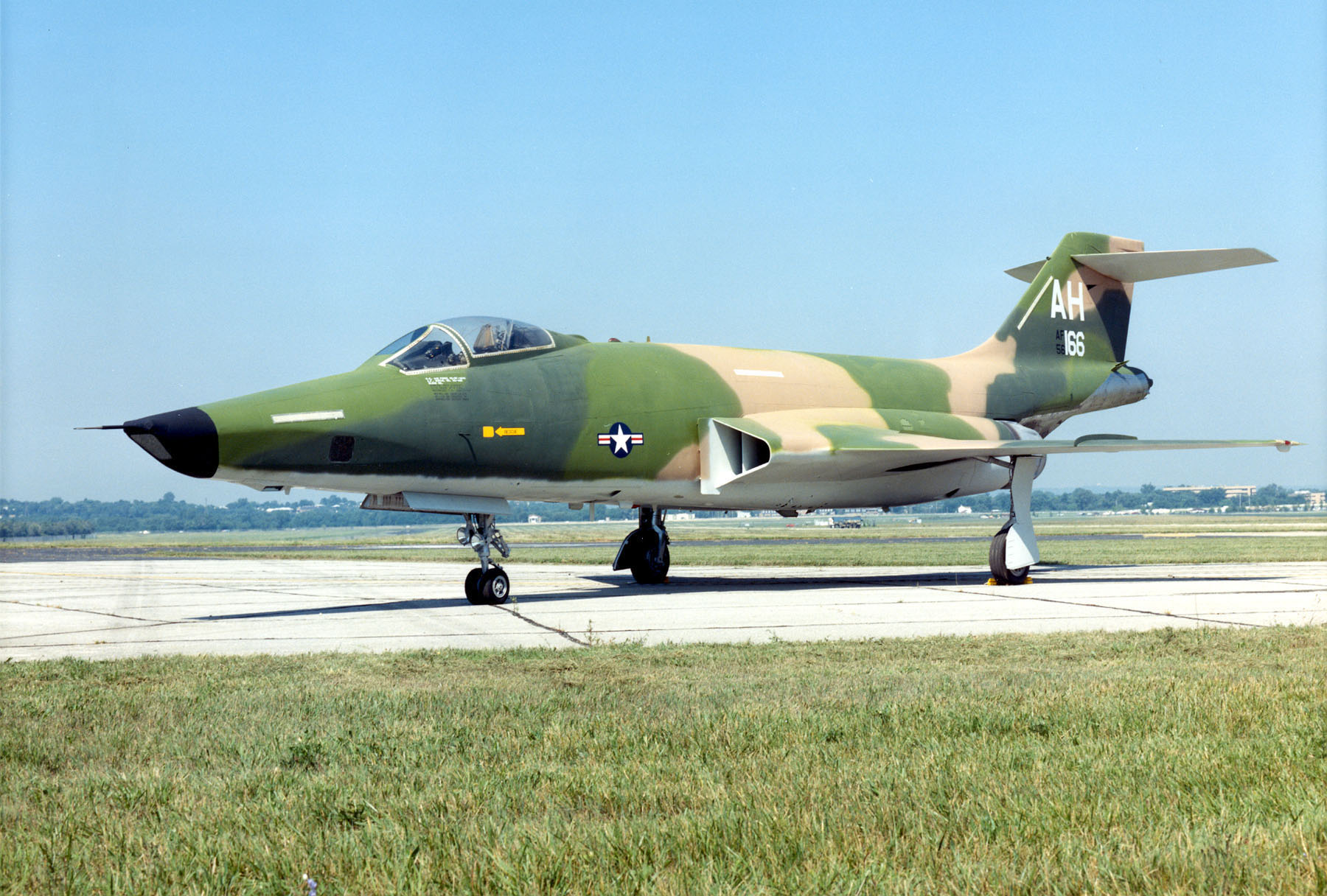
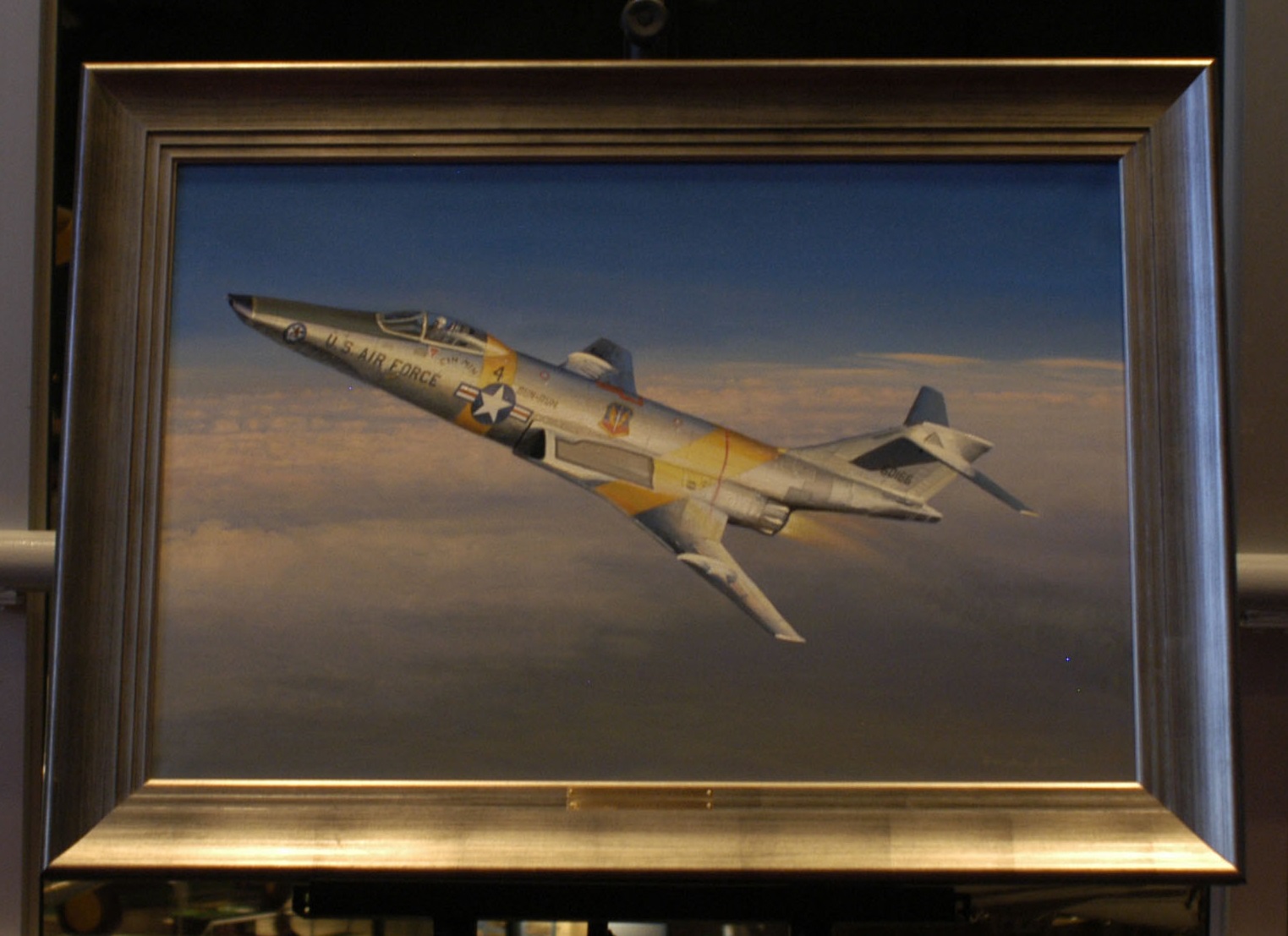
A McDonnell Aircraft Corporation film about Operations Sun Run and Fire Wall is available on YouTube:
© 2018, Bryan R. Swopes
